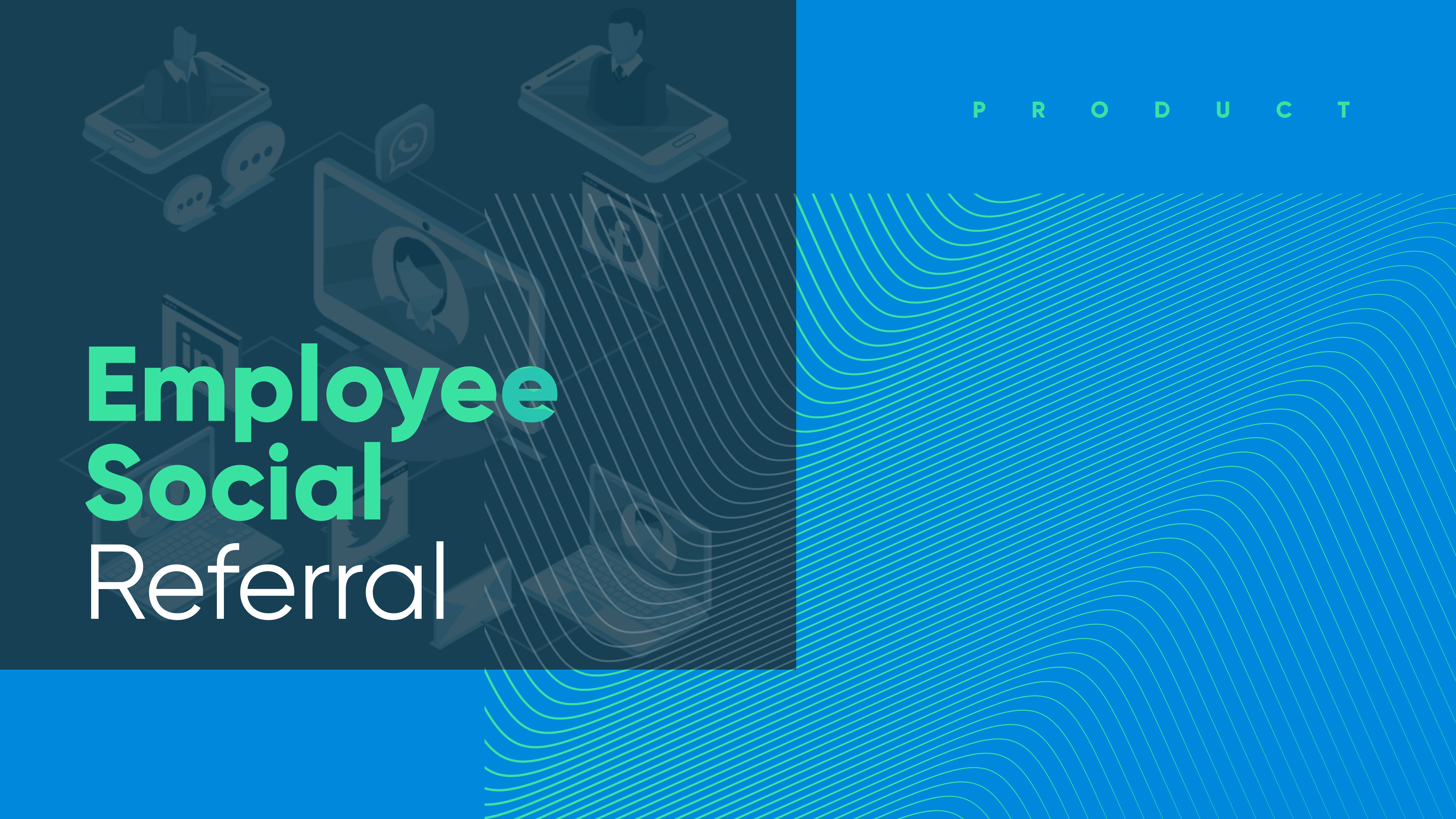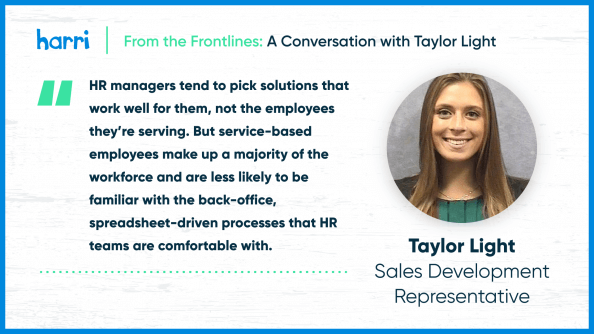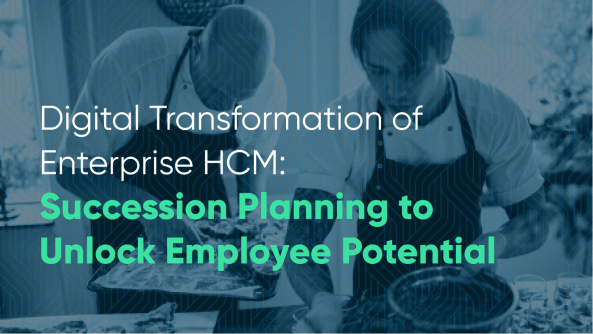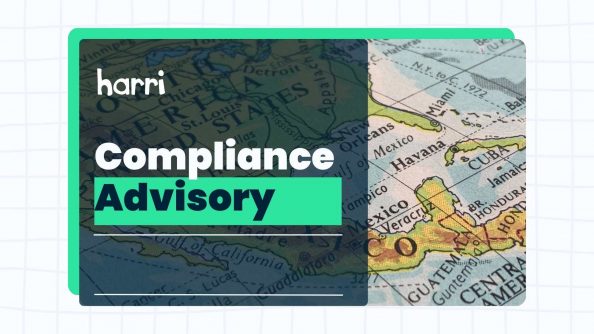Five Reasons to Start an Employee Referral Program

- By Harri Insider Team | October 8, 2019
Finding and keeping talent are two of the central struggles in the hospitality industry. A new feature in Harri’s service will help your organization overcome both challenges. Users will now have the ability to leverage their employee’s social network with the capability of Harri’s Employee Social Referral Program. The new feature will help companies maximize their external job posts’ visibility by facilitating an employee social referral program.
Here’s how it works: With the employee referral feature in the Spread the Work job page turned on, every time you post a new external job, all or a select group of employees is sent a URL to the job posting either via SMS text, email or both. Each URL sent to employees is unique so that if and when they share it on their own Twitter, Facebook, LinkedIn, or WhatsApp accounts, the organization can collect information on how well the referral program is working.

For instance, hiring managers will be able to see a breakdown of stats by referring employee as well as how each social network ranks as far as clicks, applications, screened candidates, and hired employees. To facilitate deep dives or quick glances, these analytical reports are available in both table and bar graph view.
Read on to discover how an Employees Referral Program can greatly improve how your organization finds – and retains – talent.
- It taps into an underutilized pool of talent. If you’re only posting jobs to the typical job boards, you’re only advertising positions to the small group of people looking for work through those channels. When employees post about a job on their own social media account, that posting is being read by a large variety of people. What’s more, the job posting will also get in front of those who may not be actively searching for a new job but may be inspired to change positions if the right opportunity comes along.
- It attracts a different source of talent. Having your employees post job openings functions as a sort of endorsement for working with your organization. As your employees’ contacts are familiar with your employee, they are more likely to read and trust a job posting than if it just appeared on a general career site. Research shows that referred employees are a better fit right for the job from the start. Employee referrals have the highest applicant to hire conversion rate – only 7% apply but this accounts for 40% of all hires. In recent research conducted by Dr. John Sullivan, 88% of employers said that referrals are the #1 best source for above-average applicants.
- It acts as a positive reward system for current employees. A key component in any employee referral program is incentivizing your current staff to participate. To that end, hiring managers should decide the monetary compensation amount, as well as a threshold that a newly referred employee must meet (i.e. 90 days past hire) in order for the referring employee to receive compensation. Make sure to set very clear timelines that referred candidates/employees must meet before referring employee is eligible for a reward.
- It maximizes job posting visibility. Having employees broadcast a job posting to their online connection makes the numbers work in your favor. Consider that on average, people have 7.6 social media accounts. Now consider that on Facebook, the average person has about 155 friends. If 25 of your employees share a job post on Facebook, 3,875 people will see it. And that number is far greater on Twitter where the average user has 707 followers. As part of Harri’s service, the Spread the Word page shows the percentage of how well you have maximized the job post visibility after sharing it to job boards, career sites, on the company’s social media accounts and with employees.
- It results in longer retention rates. Employee referral hires are more likely to stay past that tricky 90-day time period when turnover is the highest. In general, referral hires have greater job satisfaction and stay longer at companies. Studies show that 46% stay over 1 year, 45% over 2 years and 47% over 3 years. This could be because these new hires benefit from having a built-in support system as they already know someone within the organization. This connection also means they are more likely to have insight into the company’s culture and role expectations before beginning the work.




















